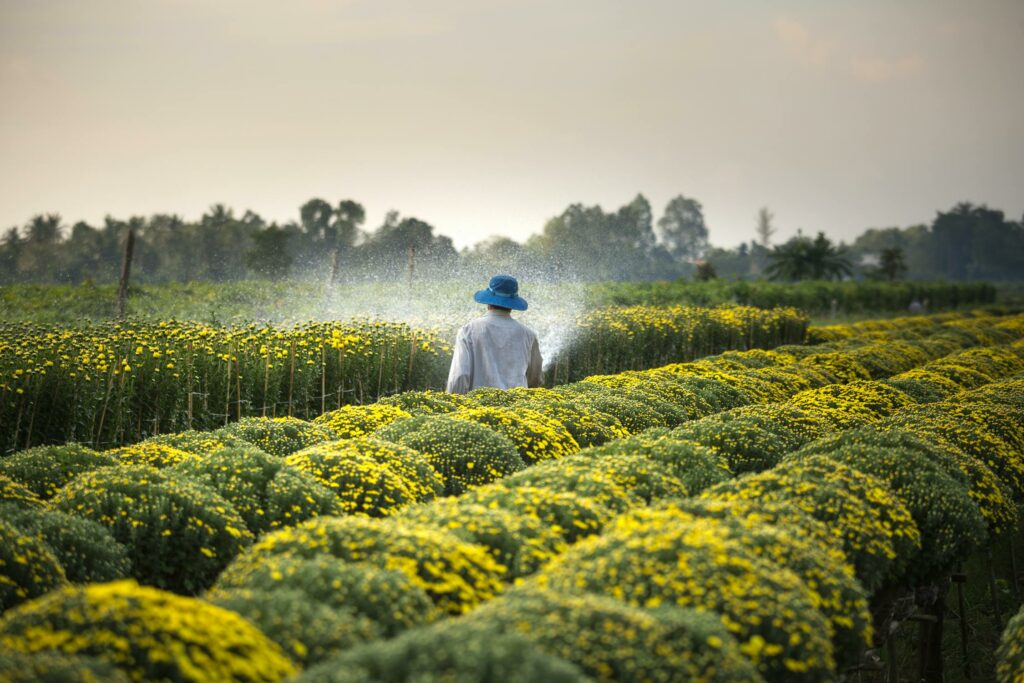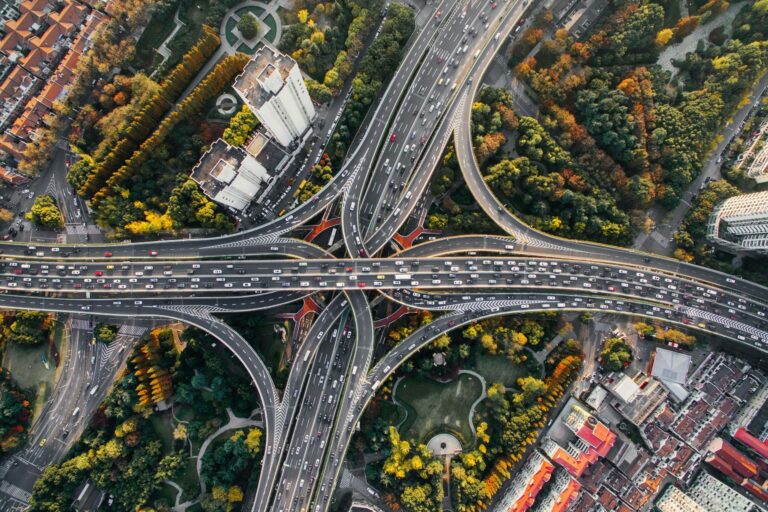
Doesn’t the word agriculture bring the old-school image of a farmer in overalls holding a pitchfork? That’s a thing of the past.
Farming has come a long way since then. Serious challenges, such as climate change, labor shortages, soil degradation, water scarcity, and pests, have forced the industry to evolve. Today, it’s less about manual labor and more about high-tech innovation.
In this article, we’ll discuss how technology is helping solve some of the biggest issues in agriculture.
1. Precision Farming is Increasing Crop Yields
Gone are the days of farmers hoping for the best when planting crops—all thanks to precision farming.
It’s a site-specific approach to crop management that uses technology to increase crop yield and quality. Instead of a one-size-fits-all approach, precision farming uses tech to apply the right amount of resources where and when they are needed.
Farmers, for instance, can analyze their soil, weather conditions, and crop health using GPS, sensors, and artificial intelligence (AI) and make data-driven decisions.
Instead of spreading fertilizer evenly across an entire field, farmers apply it only where more nutrients are needed. The same goes for pesticides and irrigation.
The result? Bigger, healthier yields with less waste. Farmers get more crops per acre, save money, and reduce environmental impact. It’s a win-win.
That isn’t all. There are several emerging technologies as well. According to the U.S. Government Accountability Office, these include remote sensing platforms, in-ground sensors, targeted spray systems, and automated mechanical weeders.
2. Atmospheric Water Harvesting is Tackling Water Scarcity
Water is a big deal in agriculture. Without it, crops won’t grow. But in many parts of the world, water is scarce. Droughts are making things worse.
Atmospheric water harvesting is a promising solution to tackle water scarcity, says Green City Times. This cutting-edge technology can extract water from the very air we breathe. Thus, it can potentially revolutionize water security, especially in areas where water sources are unreliable.
AWH, or atmospheric water harvesting, uses different methods to pull moisture from the air and turn it into clean drinking water.
Some systems cool the air to collect condensation, while others—like Atoco’s—use special materials that absorb water vapor and release it as liquid when heated. This makes it possible to produce water even in very dry places.
3. Smart Irrigation is Helping Conserve Water
You’d agree that irrigating the field the traditional way can be a guessing game.
Too much water? You drown the plants. Too little? They wither away. Either way, it wastes the crops and causes water shortages.
Smart irrigation systems take the guesswork out of watering. Sensors, weather data, and AI give crops exactly the right amount of water—no more, no less.
Instead of drenching an entire field, smart irrigation systems track soil moisture, temperature, and plant health to determine when and where water is needed.
For example, drip irrigation delivers water directly to the roots instead of spraying it everywhere. This reduces evaporation and waste.
Then, there are automated sprinkler systems. They adjust based on real-time weather updates. If rain is expected, the system reduces water usage. If the soil is already moist enough, it skips irrigation altogether.
IoT-driven smart irrigation systems are also emerging as an industry disruptor, and it’s easy to see why.
Smart Water Magazine reveals that they help reduce water usage to a great extent, and not without results. The upfront cost is huge, but you will see the ROI between one and three years of investment.
4. Robotics is Automating Tasks on Farms
There is a critical shortage of labor in American agriculture, reports The National Association of State Departments of Agriculture. Without enough workers, it’s difficult to plant, tend, and harvest crops.
However, robots are stepping in to help. They are increasingly automating various tasks on farms, such as planting, harvesting, weeding, pest control, and livestock management, to increase efficiency and productivity. These programmable machines are taking over these tedious, time-consuming jobs and doing them accurately.
Take weeding robots, for example. Instead of spraying chemicals all over a field, these robots use AI to detect and zap individual weeds with precision. That means less herbicide, healthier crops, and a cleaner environment.
There are also autonomous tractors that can plow fields without a human driver, reducing labor costs and increasing efficiency.
With all these innovations, farming is no longer about hard labor but smart labor. Technology is helping farmers grow more food, use fewer resources, and overcome challenges that once seemed impossible.
And the best part? These advancements mean better, more sustainable food production for all.
Agriculture might be one of humanity’s oldest practices. But with these new tools, its future has never looked more high-tech or promising.


